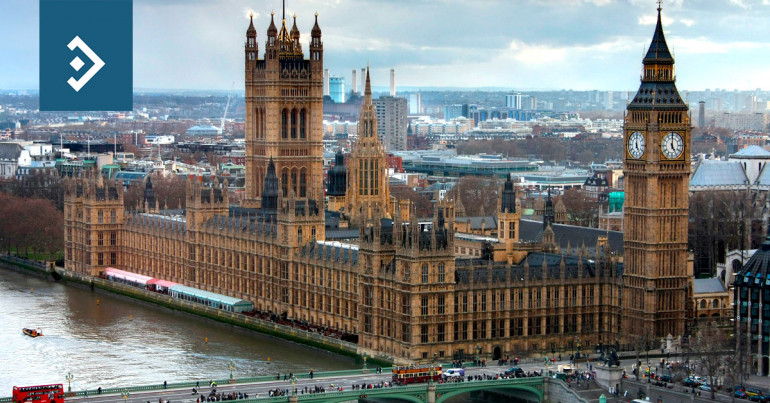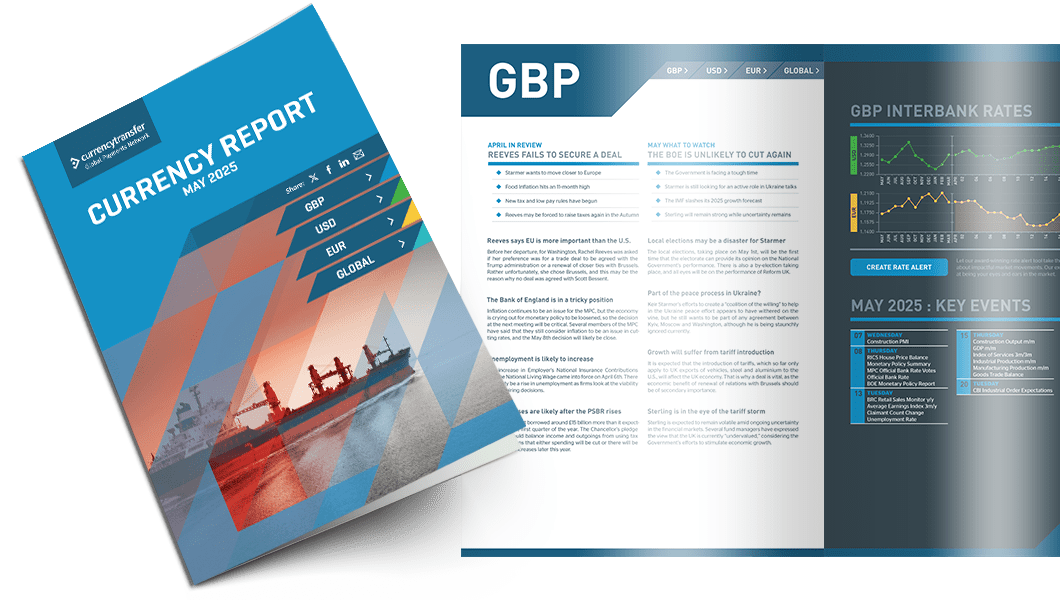
Highlights
- Farage performs a U-turn
- The economy is creating a paradox
- Manufacturing data shows the Eurozone is “inching” towards a recovery
Manufacturing is growing at a faster rate than in the Eurozone
The day began with the Conservatives announcing a new policy, and Labour desperately trying to convince the electorate that it could be trusted, but it sprang to life as Nigel Farage announced that he intended to stand as the Reform Party candidate for Clacton on Sea.
Clacton had one of the highest leave votes in the 2016 Brexit referendum. Following his announcement of a U-turn, Farage spoke of his change of heart that led him to decide to stand.
He also replaced Richard Tice as leader of the Party. This will allow him to join televised debates, to which only Party Leaders will be invited.
Farage is one of only two politicians with the personality to inject life into a campaign that was in danger of inducing tauper. The other, Boris Johnson, has maintained a low profile since the election date was announced.
There were immediate calls for Conservative voters to remain loyal to the Party, as concerns were voiced that a vote for Reform would make Keir Starmer even more likely to become the next Prime Minister.
With the election due four weeks from Thursday, Rishi Sunak’s team will see Farage’s announcement as a blow to their hopes of being re-elected. A further setback was delivered yesterday with the publication of the latest opinion poll data.
These showed that the Labour Party will not only win a landslide victory on July 4th, but almost 300 conservative MPs will lose their seats. The latest poll predicts that Labour will win 485 seats and the Tories 66, with several current Cabinet members, including Grant Shapps, Jacob Rees-Mogg and Chancellor Jeremy Hunt, leaving Parliament.
It is hard to imagine anything other than a humiliating landslide victory for the Labour Party, and the market will be left to consider the ramifications of at least four years of Socialist control.
Even the faint hope that the Conservatives could muster sufficient support for a hung Parliament has disappeared, and there are already questions being asked about Sunak’s decision to go to the country far earlier than was necessary.
The pound had so far barely reacted to the election, with traders seeing it as a foregone conclusion. However, Nigel Farage’s announcement yesterday spurred it on to break above its short-term resistance, reaching a high of 1.2808 and closing at that level.
It did, however, lose a significant amount of ground to the Euro, initially falling to a low of 1.1715, but recovered to close at 1.1745.

Read our latest currency report
Most impactful events planned this month and how they could impact your business
Consumers are prepared for a slowdown if it brings prices down
Yesterday, the President of the Minneapolis Fed spoke of his belief that Americans hate inflation as much as Eurozone residents, preferring a slowing economy to rising prices.
U.S. consumers are so fed up with rising prices that they would rather see the economy shrink than watch their costs get any higher.
Despite interest rates remaining the same since last August, there has been no change in the headline rate of inflation since last December when it was 3.4%.
Up until that point, the FED had been making progress in cutting the rate of inflation from a high of 9.1% in mid-2022, but Kashkari believes that “Joe Public” would prefer to see the FOMC maintain a firm grip rather than risking further increases by cutting rates prematurely.
“I have learned that the American people—and maybe people in Europe equally—hate high inflation, I mean, viscerally hate high inflation,” he told the Financial Times
He went on to say that those on the lower end of the income spectrum would rather have a recession than continued inflation, acknowledging that this is the opposite of what many economists would prefer.
Kashkari does not have a vote on the FOMC this year, but his views have been echoed and supported by several voting members.
GDP remains very strong for this point in the economic cycle, and the fact remains that the Fed has never cut interest rates while growth is still this strong.
A rate cut at the next meeting, due to take place in two weeks, has been taken off the table despite Jerome Powell choosing to leave day-to-day comments to Kashkari and his colleagues.
It is interesting to note that Americans feel relatively financially secure in their personal lives but are concerned about the general health of the economy. This may be due to the strength of the real estate market, which continues to grow, while the upcoming election remains a concern.
The dollar index fell yesterday but remained above its short-term support level. It fell to a low of 104.06, where it closed. Overnight it has received some support from technical traders, although a break of the 104 level may see it fall further despite the expected boost from a cut in Eurozone interest rates.
Lagarde faces some tough calls in the coming months
It would be a major surprise if the ECB’s Governing Council voted against a cut in its headline interest rate this week.
In its twenty-five-year history, the ECB has never sprung a surprise of this magnitude on the market. Although there have been several overtly hawkish comments from members of the Committee, a cut on Thursday is considered a “done deal.”
A lot will hang on the statement that ECB President Christine Lagarde will deliver following the rate decision. It will without question be her most important contribution during her Presidency and will rank alongside Mario Draghi’s famous “whatever it takes speech” delivered almost twelve years ago.
During its lifetime, the ECB has changed the direction of its monetary policy very few times.
Although it has been preparing the market for a rate cut for several months, the reaction of traders and investors to both the cut itself and the comments which follow is still unpredictable.
Opinions vary, and it would take a brave trader to predict the closing level for the single currency at the end of this week.
Data for manufacturing output was published yesterday. For the entire Eurozone, manufacturing has “bottomed out.” It fell marginally last month to 47.3 from April’s 47.4.
France followed up its recent downgrade by seeing output fall further, while in Italy output collapsed to 45.6 from 47.4, and an expected rise to 48.
Although the entire Eurozone produced a result that is “acceptable” until the largest economies like Germany, France and Italy are expected to move into expansion, the economy will continue to struggle, making a rate cut on Thursday more important.
Attention has already moved to the timing of the next cut in rates. Last year, the ECB was expected to announce a pause in rate hikes in the run-up to the “August break.” This year, change in monetary policy is also expected to be delayed by the timing of ECB member’s annual holidays.
Depending on the data published over the next three months, a cut in rates is expected to take place in September.
Yesterday, the Euro rallied to a high of 1.0904 which took several market practitioners by surprise. It closed at that level and could challenge the short-term resistance at 1.0920 before the rate decision is announced.
Have a great day!

Exchange rate movements:
03 Jun - 04 Jun 2024
Click on a currency pair to set up a rate alert
Alan Hill
Alan has been involved in the FX market for more than 25 years and brings a wealth of experience to his content. His knowledge has been gained while trading through some of the most volatile periods of recent history. His commentary relies on an understanding of past events and how they will affect future market performance.